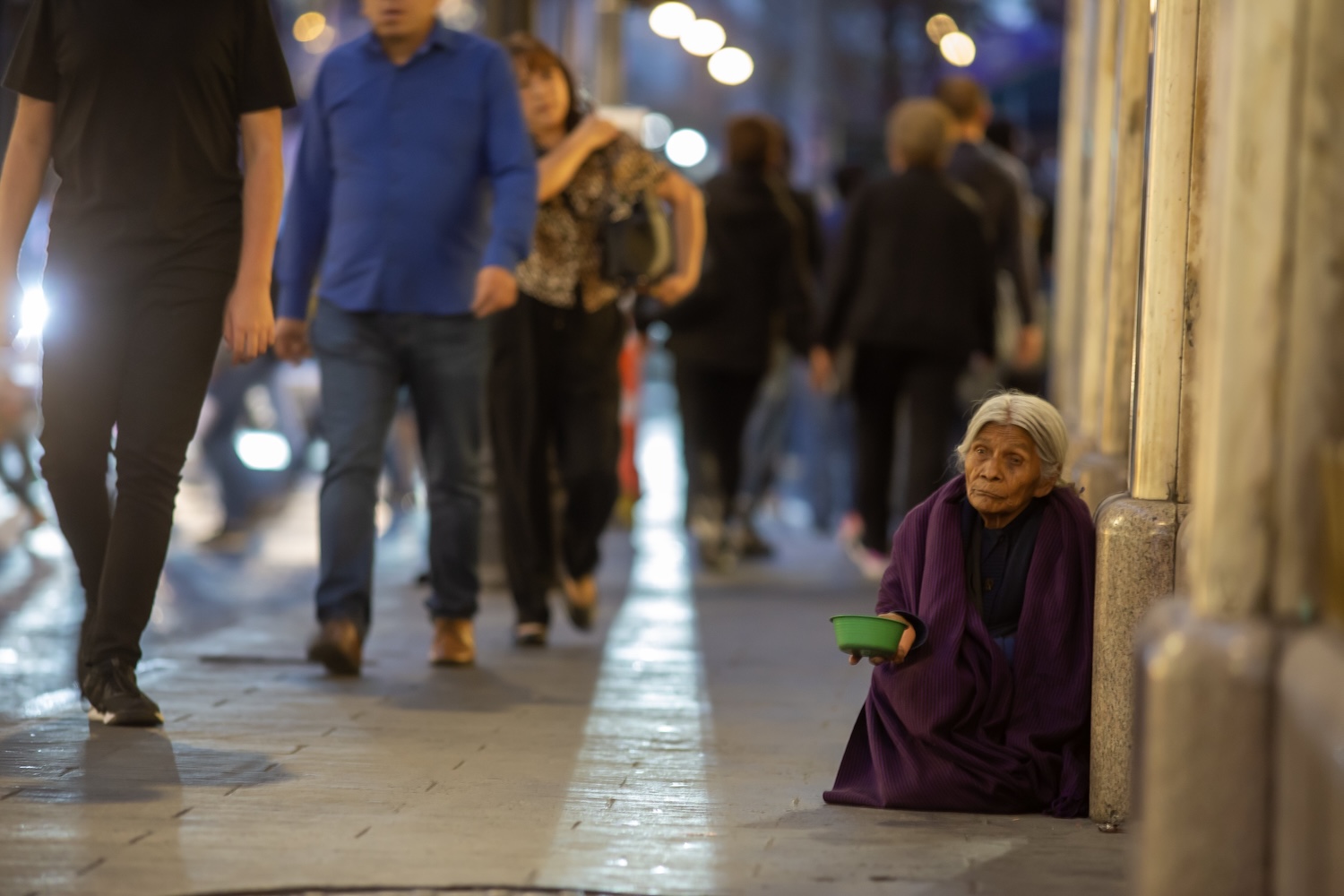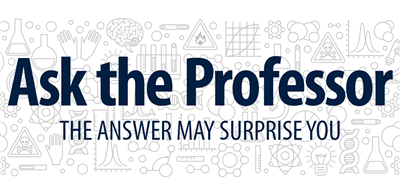Global poverty, religious restrictions, discrimination against women remain high, report says – OSV News

Global Progress on Sustainable Development Goals: A 2025 Status Report
Introduction
Based on the Fordham Francis Index, which measures integral human development through material welfare and spiritual freedom, this report analyzes the current state of global progress toward the Sustainable Development Goals (SDGs). The index, which draws on data from the United Nations and the World Bank, indicates that the Global Poverty Gap was 25.5% in 2025. This figure is unchanged from the previous year, suggesting that the post-pandemic recovery observed in 2023 has stalled since 2024.
Analysis of Key Sustainable Development Goals
SDG 1: No Poverty & SDG 8: Decent Work and Economic Growth
- The report finds that 21.4% of the world’s labor force, equivalent to 810 million adults, lack paid employment above subsistence-level wages, defined as $3.65 per day. This directly impacts efforts to eradicate poverty and promote sustained, inclusive economic growth.
- Nations with the highest percentage of the population in this category include:
- Madagascar (89%)
- Congo (87.2%)
- Malawi (86%)
SDG 2: Zero Hunger
- As of 2022, approximately 9.1% of the global population, or 730 million people, were undernourished, highlighting significant challenges to achieving Zero Hunger.
- The ten nations with the highest rates of undernourishment were:
- Somalia (51.3%)
- Haiti (50.4%)
- Madagascar (39.7%)
- Yemen (39.5%)
- Liberia (38.4%)
- Zimbabwe (38.1%)
- Congo (37%)
- Uganda (36.9%)
- Zambia (35.4%)
- Chad (35.1%)
SDG 4: Quality Education
- In 2023, an estimated 767 million adults, or 12.6% of the global adult population, were illiterate. While this number has continued to decline since 2019, it remains a substantial barrier to inclusive and equitable quality education.
- The nations with the highest adult illiteracy rates were:
- Chad (72.7%)
- Mali (69%)
- Burkina Faso (65.5%)
- South Sudan (65.5%)
- Afghanistan (63%)
SDG 5: Gender Equality
- Progress towards gender equality faces significant hurdles, with 51.3% of the world’s women (2 billion) living in countries with severe discrimination. The report notes a significant rise in global gender discrimination against women since 2014.
- Based on the Health and Survival Index, the most deprived nations for women include:
- Azerbaijan
- China
- Vietnam
- Qatar
- India
- Afghanistan
SDG 6: Clean Water and Sanitation
- The goal of ensuring available and sustainable management of water is far from realized, as 8.8% of the world’s population (707 million people) lack access to an improved drinking water source.
- The five most deprived nations for water access are:
- Congo
- Central African Republic
- South Sudan
- Niger
- Burkina Faso
SDG 11: Sustainable Cities and Communities
- The challenge of making human settlements inclusive, safe, and resilient is underscored by the finding that 1.3 billion people, or 16.4% of the global population, live in substandard housing.
- Nations with the highest rates of substandard housing include:
- Chad (80.4%)
- Central African Republic (75.5%)
- Burundi (70.6%)
- Mauritania (69.5%)
- Ethiopia (67.5%)
SDG 16: Peace, Justice and Strong Institutions
- The promotion of peaceful and inclusive societies is undermined by widespread restrictions on fundamental freedoms. In 2022, over 4.7 billion people, representing 59% of the global population, lived in countries where religious freedom was severely restricted.
- The report identifies the following nations as the most restrictive for religion:
- China
- Egypt
- Afghanistan
- Iran
- Indonesia
- Syria
- Russia
- Algeria
- Azerbaijan
- Malaysia and Uzbekistan (tied)
Analysis of Sustainable Development Goals in the Article
1. Which SDGs are addressed or connected to the issues highlighted in the article?
-
SDG 1: No Poverty
- The article directly addresses poverty by mentioning the “Global Poverty Gap is 25.5%” and that 21.4% of the world’s labor force lacks employment above subsistence-level wages.
-
SDG 2: Zero Hunger
- The article highlights the issue of hunger, stating that “approximately 9.1% of the global population, or 730 million, were undernourished.”
-
SDG 4: Quality Education
- The article discusses the lack of education by reporting that “767 million adults, or about 12.6% of the global adult population, were illiterate in 2023.”
-
SDG 5: Gender Equality
- Gender inequality is a key theme, with the article stating that “More than half (51.3%) of the world’s women — 2 billion — ‘live in countries with severe discrimination against women’.”
-
SDG 6: Clean Water and Sanitation
- The article addresses the lack of access to clean water, noting that “8.8% of the world’s population, or some 707 million people, lack ‘an improved drinking water source’.”
-
SDG 8: Decent Work and Economic Growth
- The issue of employment and wages is covered, with the finding that “21.4% of the world’s labor force, some 810 million adults, ‘lack paid employment above subsistence-level wages’.”
-
SDG 11: Sustainable Cities and Communities
- The article points to inadequate living conditions, reporting that “About 1.3 billion people, or 16.4% of the global population, live in ‘sub-standard housing’.”
-
SDG 16: Peace, Justice and Strong Institutions
- The article touches on fundamental freedoms, specifically religious freedom, estimating that “more than 4.7 billion people… were living in countries where religious freedom was severely restricted.”
2. What specific targets under those SDGs can be identified based on the article’s content?
-
Target 1.2: By 2030, reduce at least by half the proportion of men, women and children of all ages living in poverty in all its dimensions according to national definitions.
- The article’s mention of the “Global Poverty Gap is 25.5%” directly relates to measuring the depth and proportion of poverty.
-
Target 2.1: By 2030, end hunger and ensure access by all people… to safe, nutritious and sufficient food all year round.
- The report’s data on the percentage of the global population that is “undernourished” directly aligns with this target of ending hunger.
-
Target 4.6: By 2030, ensure that all youth and a substantial proportion of adults, both men and women, achieve literacy and numeracy.
- The article’s focus on the “Adult Illiteracy Rate” and the number of adults who “cannot read, write, and comprehend a simple statement” is a direct measure of this target.
-
Target 5.1: End all forms of discrimination against all women and girls everywhere.
- The finding that over half of the world’s women live in countries with “severe discrimination against women” speaks directly to this target.
-
Target 6.1: By 2030, achieve universal and equitable access to safe and affordable drinking water for all.
- The article’s data on the percentage of the population lacking “an improved drinking water source” is a key metric for this target.
-
Target 8.5: By 2030, achieve full and productive employment and decent work for all women and men… and equal pay for work of equal value.
- The discussion of the large portion of the labor force that lacks “paid employment above subsistence-level wages” relates to the goal of achieving decent work.
-
Target 11.1: By 2030, ensure access for all to adequate, safe and affordable housing and basic services and upgrade slums.
- The article’s measurement of people living in “sub-standard housing” directly corresponds to the goal of ensuring access to adequate housing.
-
Target 16.10: Ensure public access to information and protect fundamental freedoms, in accordance with national legislation and international agreements.
- The article’s analysis of restrictions on religious freedom, a fundamental freedom, connects to this target.
3. Are there any indicators mentioned or implied in the article that can be used to measure progress towards the identified targets?
- For SDG 1 (Poverty): The article mentions the “Global Poverty Gap” (25.5%) and the proportion of the labor force lacking employment above a subsistence-level wage of “$3.65 per day” (21.4%).
- For SDG 2 (Hunger): The indicator is the “prevalence of undernourishment,” which the article states is 9.1% of the global population.
- For SDG 4 (Education): The article uses the “Adult Illiteracy Rate,” defined as the percentage of the population aged 15 and older who “cannot read, write, and comprehend a simple statement about their everyday life.” The rate is cited as 12.6%.
- For SDG 5 (Gender Equality): The article implies the use of an index to measure discrimination, citing the “Health and Survival Index” from the World Economic Forum, which combines sex ratio at birth and healthy life expectancy.
- For SDG 6 (Water): The indicator is the “proportion of population using safely managed drinking water services.” The article measures this by citing the percentage of the population (8.8%) that lacks “an improved drinking water source,” defined as one with a collection time not exceeding 30 minutes.
- For SDG 8 (Work): The indicator is the proportion of the labor force with employment below a subsistence level, which the article quantifies as 21.4% of adults lacking wages above “$3.65 per day.”
- For SDG 11 (Housing): The indicator is the “proportion of urban population living in slums, informal settlements or inadequate housing.” The article measures this by identifying the percentage of the global population (16.4%) living in “sub-standard housing,” defined by the use of natural materials for construction or lacking walls/roofs.
- For SDG 16 (Freedoms): The article uses the “Pew Research Center’s Government Restrictions Index” as a metric to determine the number of people (59% of the global population) living in countries with severe restrictions on religious freedom.
4. Summary Table of SDGs, Targets, and Indicators
| SDGs | Targets | Indicators |
|---|---|---|
| SDG 1: No Poverty | 1.2: Reduce at least by half the proportion of people living in poverty in all its dimensions. | Global Poverty Gap (25.5%); Percentage of labor force lacking wages above $3.65/day (21.4%). |
| SDG 2: Zero Hunger | 2.1: End hunger and ensure access by all people to safe, nutritious and sufficient food. | Percentage of the global population undernourished (9.1%). |
| SDG 4: Quality Education | 4.6: Ensure that a substantial proportion of adults achieve literacy and numeracy. | Adult Illiteracy Rate for those age 15+ (12.6%). |
| SDG 5: Gender Equality | 5.1: End all forms of discrimination against all women and girls everywhere. | Percentage of women living in countries with severe discrimination (51.3%); World Economic Forum’s Health and Survival Index. |
| SDG 6: Clean Water and Sanitation | 6.1: Achieve universal and equitable access to safe and affordable drinking water for all. | Percentage of population lacking an improved drinking water source (8.8%). |
| SDG 8: Decent Work and Economic Growth | 8.5: Achieve full and productive employment and decent work for all. | Percentage of the labor force lacking paid employment above subsistence-level wages (21.4%). |
| SDG 11: Sustainable Cities and Communities | 11.1: Ensure access for all to adequate, safe and affordable housing. | Percentage of the global population living in sub-standard housing (16.4%). |
| SDG 16: Peace, Justice and Strong Institutions | 16.10: Protect fundamental freedoms. | Percentage of the global population living in countries with severe restrictions on religious freedom (59%); Pew Research Center’s Government Restrictions Index. |
Source: osvnews.com
What is Your Reaction?
 Like
0
Like
0
 Dislike
0
Dislike
0
 Love
0
Love
0
 Funny
0
Funny
0
 Angry
0
Angry
0
 Sad
0
Sad
0
 Wow
0
Wow
0
















































:focal(1500,1000)/https://media.globalcitizen.org/a6/9a/a69a4720-d8a1-4715-b596-18738d03c05c/rotary_polio_hero_image.jpg?#)







/countries/sri-lanka/photo-credit---dmc-sri-lanka.tmb-1200v.jpg?sfvrsn=dc298bcc_1#)
















